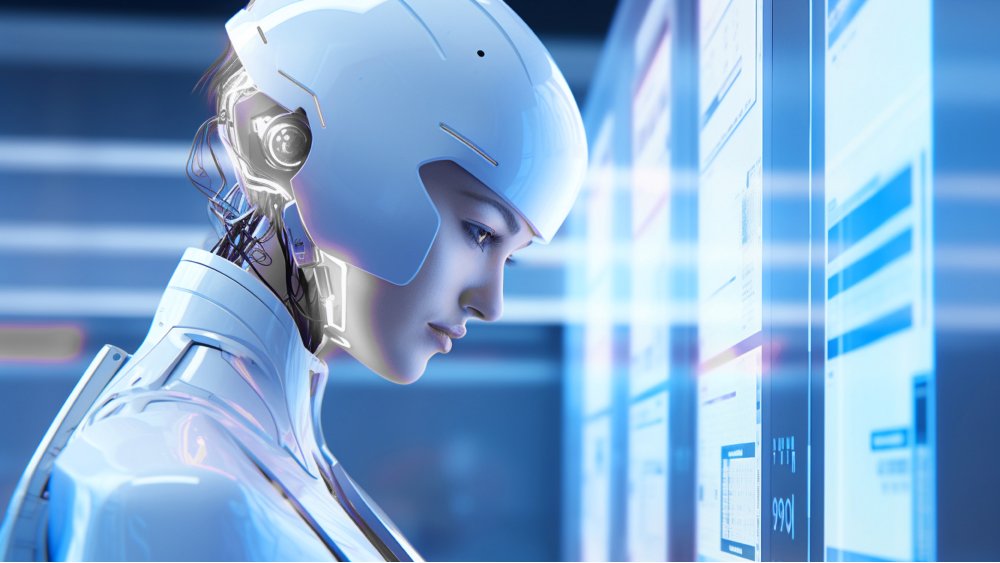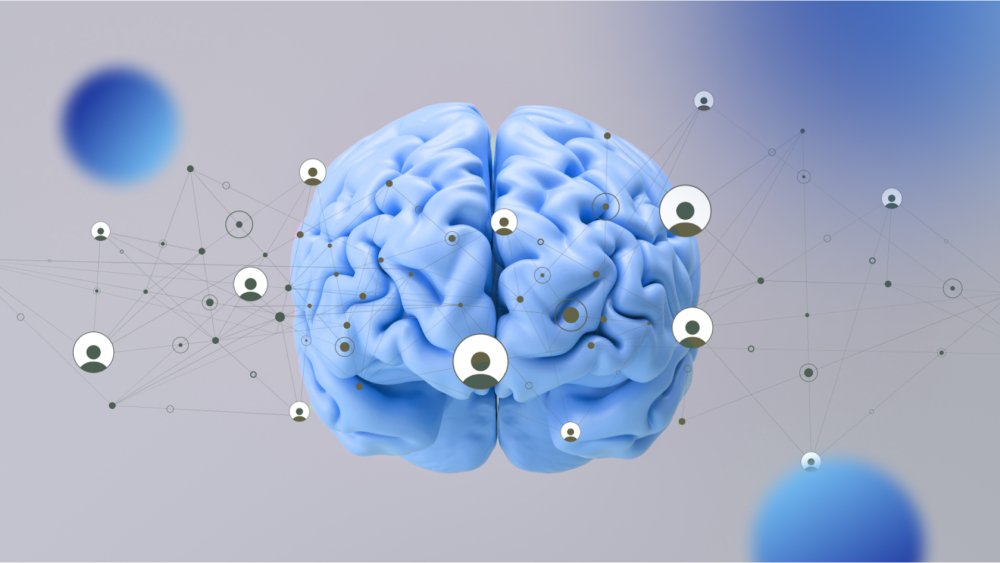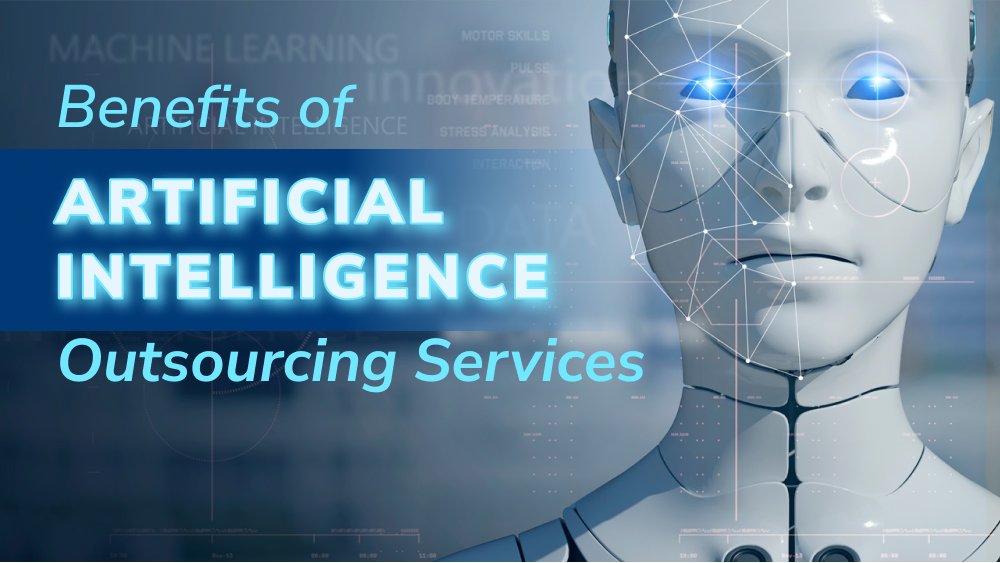
Machine Learning Outsourcing: Statistics, Pros, Cons, Advice
Machine learning outsourcing is considered an optimal solution for getting quick access to AI developers and success, but is it true?
The emergence of artificial intelligence (AI) technologies is undeniable. AI capabilities will gradually become the golden standard many software development projects want to build. For businesses wishing to leverage AI, there are two options:
Read here for some machine learning use cases that have benefited many businesses. Interested in building your own AI software? It will be a significant investment that, once successful, will bring lasting impact.
You should build your own AI software when AI capabilities form the backbone of your business. To make this decision, consider the following supporting reasons.
If you find these reasons convincing enough, read the rest of the article to see the main steps in building an AI software product, especially building an AI team.
While every AI project is different, these are the typical phases in building an AI software product. It is recommended to start small with a prototype to test your ideas and earn more budget that would support more ambitious goals.
Don’t just chase the shiny new trend. Analyze how emerging AI technologies can truly bring value to your business. Do they solve any of your pain points that cannot be solved otherwise? What are their genuine contributions?
A lot of businesses fail in their AI undertakings because they let FOMO (fear of missing out) squander away their resources on costly but poorly fitted and futile AI projects. When it seems everyone else is doing it, think critically about why you want your own AI software. The above section may help.
Once you have nailed down the justifiable business objectives, consider your available data. Is your data siloed or inconsistent? The current state of your data will affect your choice of the tech stack and the skills you will need. Your business objectives and the available data significantly impact the scope of your project, and thus, the amount of investment. Therefore, ensure the first two steps are properly done - they justify the “why” of your project.
The right tech stack should satisfy your project requirements. This includes the programming languages, development tools, testing tools, cloud services, and big data solutions. You can only narrow down your options when you are clear about your project requirements. Your AI team (see below) should be able to advise on these AI solutions.
Training machine learning models eat up a lot of computational resources. You may need to invest in extra servers, storage, and network to ensure the AI operation does not disrupt your current operation. If your business already has in place updated technologies such as cloud computing and data analytics infrastructure, then scaling them up to make space for AI capabilities is a reasonable expectation. Meanwhile, those with legacy systems will need to modernize before they can get started with AI projects.
Moreover, having an AI-ready infrastructure makes it easier to attract and build an AI team.
Three types of roles comprise a comprehensive AI team: business, data analytics, and software engineering.
The business and engineering people may be familiar with working together on previous non-AI projects, but the data specialists are likely new to the team. Consequently, the AI team needs to figure out how best to work together, by answering questions such as:
Consider this within the context of your company. If your company favors the Waterfall project management methodology, will it be sustainable for AI projects with high risks? To manage the risks of AI project failure, how big is the expected learning curve for your organization?
AI is still a new technology requiring a major shift in mindset; adding on to this is a global AI talent shortage. It is a big ask to expect that your company can compete against Big Tech for an entire team of AI experts. It is normal to have team members who will be working on an enterprise-level AI project for the first time. Make sure you do have some experienced AI team members working alongside with others who are willing to start their own AI journey.
Jump to the section below for more details about the key roles in an AI team.
To illustrate the steps of data analytics in which your data goes through before it can be deployed into AI software development, let’s consider the Data Science Hierarchy of Needs.

Your company’s data goes through each level of the pyramid to reach the top which is AI software development. Depending on the state of your data, you will need to set up the following framework, with several data specialists moving your data from raw to AI deployment:
The software engineers deploy ML models to build AI software during this phase. Since the risks in AI projects are high, adopting Agile into the software development cycle is better to manage risks at every phase. Specifically, the AI team should follow MLOps.
MLOps provides the framework for a software team to incorporate ML models into development. MLOps is an extension of DevOps, a practice that improves software quality with continuous feedback between operations and development.
Essentially, MLOps facilitates the collaboration between the AI software team and operations, enabling a comprehensive workflow that traverses software, hardware, and IT support. Its ability to break down silos between departments is a quality that will benefit AI software development.
Just as software improves in quality through rigorous testing, ML models also benefit from continuous testing. This is because ML models are continuously updating itself with new data without human interference. Without frequent monitoring, datasets will degrade, and biases may be introduced into the datasets.
As mentioned above, an AI team or department consists of three key roles: business, data, and engineering. Data literacy is the leading quality that any AI team member needs, no matter their position. It is easy to get confused about new technologies. Training programs should improve the team’s competencies in working with big data, so that they share the same understanding and can communicate data as meaningful information to external stakeholders.
In terms of soft skills, the most important ones are communication and teamwork, because AI software projects demand team members to work with highly collaborative frameworks to be successful.
These are the project managers, product managers, product owners, business analysts. They are responsible for:
As mentioned above, depending on the state of your data, your AI software will need a number of data specialists: data engineers, data scientists, data analysts, and machine learning engineers. This list is not exhaustive; other roles may include database architect and data architect. They should have a mix of technical skills in maths, statistics, programming tools, cloud computing, database management, and other data-related skills.
You may be familiar with these software engineering roles: front-end engineers, back-end engineers, testers, QA engineers, UI/UX designers, and so on. More importantly, software engineers for AI projects should have experience with or are willing to adopt DevOps and MLOps.
Many have tried to build AI software, but only a few have succeeded. Even before it starts, AI software development is an enormous investment. Throughout the AI software development lifecycle, your company will be asked to invest in advanced technologies, maintain the organizational data well enough for deployment, and train your team members to work with AI technologies. If the whole process seems daunting, that’s because it is. Not feeling ready? You may consider outsourcing your first AI software project as a small, feasible start leading to a great leap down the road.
Machine learning outsourcing is considered an optimal solution for getting quick access to AI developers and success, but is it true?
Have you ever wondered how AI is getting smarter and smarter? The answer to “What is meta learning?”
Within the frame of this article, let’s talk about the benefits of going for artificial intelligence outsourcing services. Let’s get started.
AI apps for Android can do much more than just create content. Check out these ten best AI applications for a better quality of life.
Have you ever wondered how AI in fintech can make your money work smarter for you? Discover the transformative power of AI in our latest article.





